I recently asked 10 Los Angeles craft brewers, “What’s the most recent beer you brewed, and what was your inspiration and approach?” Get to know 10 promising new beers.
Joe Nascenzi (Enegren Brewing Co.) (photo courtesy of Enegren brewing Co.)
Our most recent brew was Golden Spur Saison. This is our spring seasonal. A lot of saisons out there have added spices, are soured, or altered in other ways. Our goal was to create a brew that highlighted the yeast flavors with no added spices or other fermenters (wild yeast, bacteria, etc.). As such the beer is brewed with pilsner and 2-row malts with a touch of belgian candi sugar, biscuit malt, and noble hops. This provides a crisp, clean, light base that allow the yeast flavors to dominate the profile of the beer.
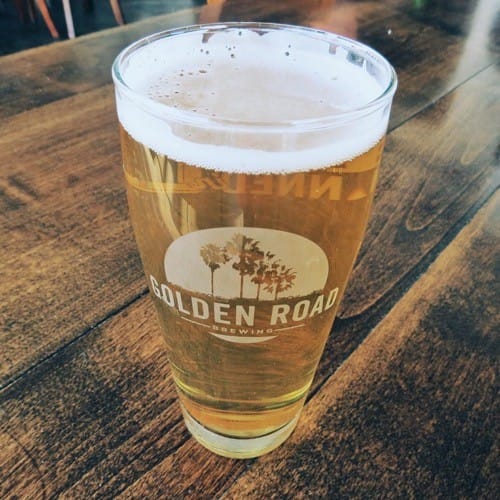
Jesse Houck (Golden Road Brewing) (photo courtesy of Golden Road Brewing)
Our newest beer, Wolf Pup Session IPA, was born from our passion for both hops and sessionable beers. Wolf Pup weighs in at only 4% ABV, but is packed with a double dry hop of Simcoe, Chinook, and Columbus, just like its big brother Wolf Among Weeds IPA (8% ABV). To achieve the lower ABV, we began by cutting our Wolf Among Weeds malt bill almost in half. We also increased the percentage of premium malts like Simpsons Golden Promise and Weyermann Malted Rye to help retain Wolf’s full flavor and mouth feel. The result is a highly drinkable, citrusy and dank session IPA that still runs with the pack.
Bob Kunz (Highland Park Brewery)
Inspiration for beer is a funny thing, it comes from many places for me. Often, it’s simply the things that surround me that plant a seed that eventually turn into a beer. That seed could come from many places; a lyric in a song, flavors from the food or beverage I enjoy, the back and forth banter between my friends and I as we hash out possibilities for beer names, or in the case of Yard Beer, ingredients found in my and my business partners yards. The new version of Yard Beer uses lemongrass from my yard, sour flowers from my partner Ross’ yard, and lemons and limes from my other partner Michael’s yard. We knew we had access to these ingredients so we shaped the beer around those flavors. We came up with a tart, wheat beer base fermented with farmhouse yeast strains (including Brettanomyces) that meld nicely with the bright citrus and earthy quality of the ingredients from our yards. FYI, the beer will go on tap this week and a bottle-conditioned version will be available within the next few months.

Dave Griffiths (Ladyface Ale Companie) (photo courtesy of Dave Griffiths)
A new and improved version of “Stack VI,” a Belgian-style Barley-wine that is destined for our beautiful new Halter Ranch Syrah barrels. It is also Batch #600 for Ladyface!!! Beer stats are estimates because it is not finished yet: 10% ABV, 85 IBUs
Inspiration and approach: It all started with the barrels. My assistant Fletcher Burgdorff and I were talking about how to really capitalize on the awesome characters present in the wine which sat in the barrels first (which is Halter Ranch’s example of the classic wine blend: Grenache, Syrah, Mourvedre AKA GSM) and what style of beer would not get in the way but enhance all the nuances of the wood, wine, and beer as a whole. We landed in the ballpark of something dark but not too dark, just hoppy enough to not be perceived too sweet, and a yeast strain that plays nice with wood. After going down the rabbit hole of dopplebock, Imp red ale, etc. we liked English Old ale because it fit our loose criteria of flavor and also we had never brewed that style at Ladyface to date. Now in version 2.0 it is a Belgian-style Barley-wine which clearly fits into the stable of Ladyface style ales nicely. The approach and attitude in the brewery today is similar to playoff hockey. All the practice and experience has led us to this point, it’s time to go out and win. The music is jamming and focus right this moment is monitoring hop additions and cleaning out the mash tun in preparation for wort transfer to the fermenter. The timeline moving forward is ferment for 3 weeks here at the brewery in steel, then transfer to barrels and age for approx. 1 year in the barrel house, then return to the brewery for conditioning and packaging when it is deemed “ready.”
C. Andy Black (MacLeod Ale Brewing Co.)
The most recent beer I brewed was the Middling Spree (5% ABV, 43 IBU), the new MacLeod beer for the Spring/Summer seasonal lineup. It can roughly be described as a Pale Mild Ale, in a literal sense, though the historical recipes that I used as source material are all from the now obscure style, AK. No one knows exactly what ‘AK’ stands for, there are some decent theories, but nothing to hang one’s hat from.
The main source material is an AK recipe from the 1890’s, courtesy of Ron Pattinson’s research. It may seem odd to many U.S. craft brewers, but the recipe uses a significant proportion of adjunct ingredients – invert sugar syrup and flaked corn make up a considerable proportion of fermentables, with pilsner malt also showing up significantly, British malt only makes up a small proportion. The beer is also quite bitter, though decidedly not an English IPA, it never was and never will be, it is simply just well-hopped. I really like working with historical recipes that upset the expectations of what British beer was ‘supposed to be’. I made several test batches of that one recipe, exploring small tweaks in process to determine what made that beer a significant offering back when it was originally released. Ultimately, I decided that changes in raw materials from the 1890s to the present were giving a flavor that wasn’t as palatable as I would like, too bitter and sweet, so I’ve updated the percentages of ingredients to clean up the flavor to make a beer I was happy with as a drinker and a do justice to the AK’s that came before.

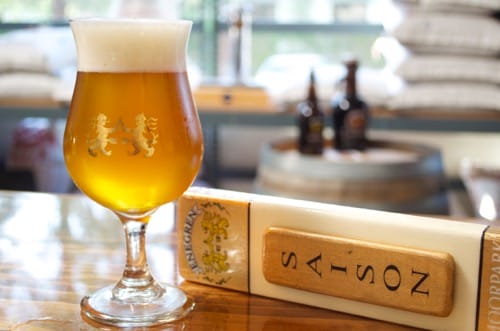
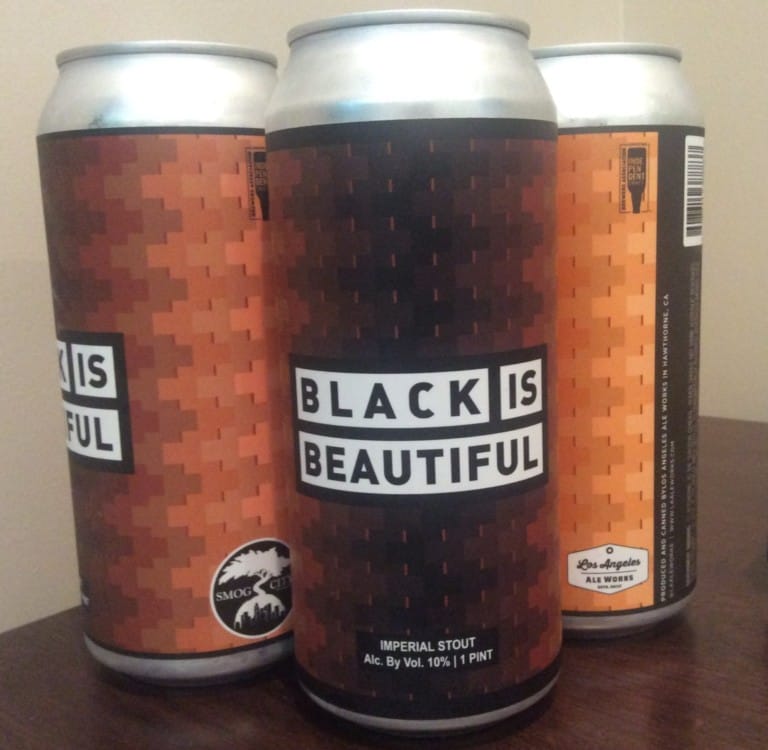
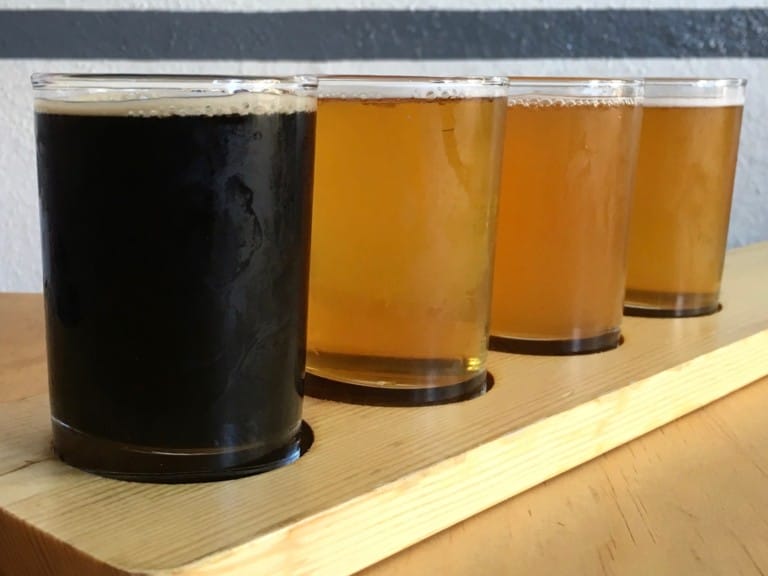
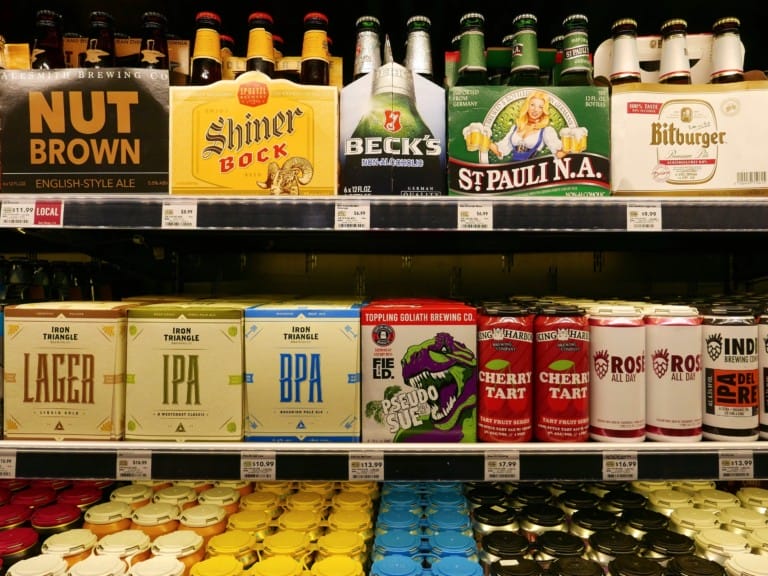




Leave a Comment